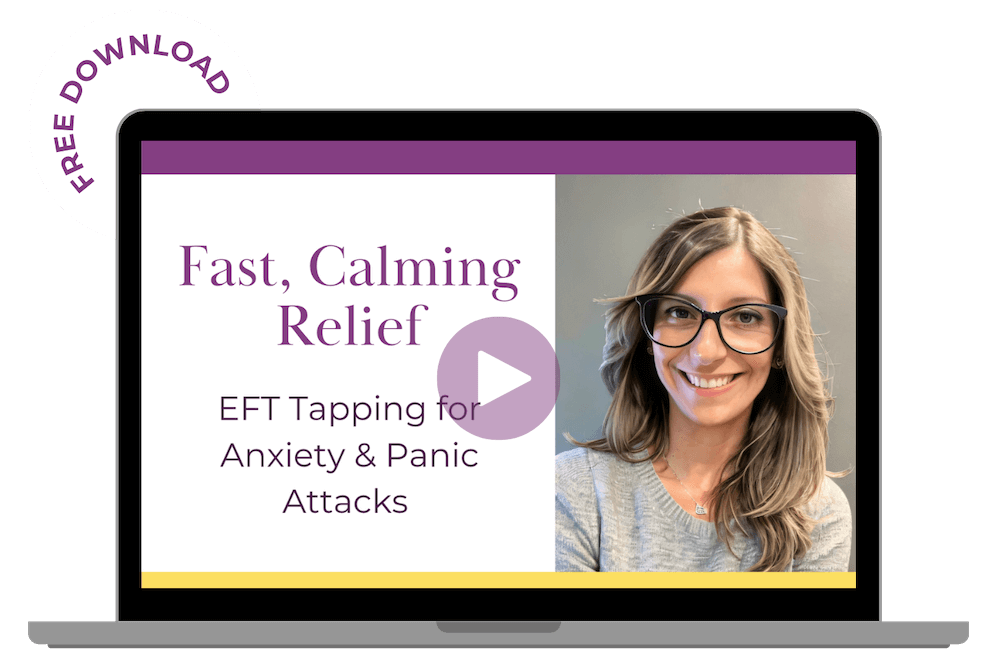The sudden onset of a panic attack can be one of the most terrifying experiences, leaving individuals feeling helpless and confused. Yet, understanding and recognizing the signs of a panic attack can be a significant step towards managing and overcoming this challenging condition.
The Reality Encased in Statistics
- Prevalence: The National Institute of Mental Health suggests that panic disorder affects about 4.7% of U.S. adults at some point in their lives.
- Gender Disparity: Studies have shown that women are twice as likely as men to be diagnosed with panic disorder, primarily due to biological, psychological, and social factors.
- Age of Onset: Panic disorder typically begins in late adolescence or early adulthood, with the median onset age being around 24 years old.
Identifying the Signs of a Panic Attack
Recognizing the early signs of a panic attack can empower an individual to seek timely help and implement coping strategies. Here are key symptoms to be aware of:
- Intense Fear or Discomfort: This can come out of nowhere, often without a clear trigger.
- Heart Palpitations or Accelerated Heart Rate: Feeling like your heart is pounding or racing is common.
- Sweating: Even in cool conditions, one might experience excessive sweating.
- Trembling or Shaking: This uncontrollable symptom can add to the fear and embarrassment.
- Shortness of Breath: The feeling of being smothered or choked is distressing and can exacerbate the panic.
- Feeling Dizzy, Unsteady, Lightheaded, or Faint: These symptoms can make it difficult to stand or walk.
- Fear of Losing Control or “Going Crazy”: This is one of the most distressing aspects for many people.
Personal Reflections: Voices from the Trenches
Mark’s Journey: “During my first attack, I was convinced I was having a heart attack. The world seemed to narrow around me, my heart raced, and I couldn’t catch my breath. It took time, but understanding that these were symptoms of a panic attack and not a physical health crisis was the first step towards recovery.”
Lena’s Encounter: “Being in a crowded place has always been a trigger for me. One moment I’m fine, and the next, I’m sweating, shaking, and searching for the nearest exit. Therapy has helped me understand these triggers and work through my panic attacks gradually.”
Moving Towards Healing
Recognizing the symptoms of a panic attack is just the beginning. Here are some nurturing steps toward healing and management:
- Education: Understand your condition. Knowledge can decrease fear and stigma.
- Professional Help: Therapists specializing in anxiety disorders can provide effective treatment options like Cognitive Behavioral Therapy (CBT).
- Self-Help Strategies: Techniques like deep breathing, mindfulness, and meditation can help manage symptoms.
- Support Systems: Connecting with others who understand can make you feel less isolated and provide practical advice.
A Remembrance of Hope
If you’re reading this and recognizing these symptoms in yourself, remember, you’re not alone. Millions of people around the world experience panic attacks, but with the right tools and support, you can learn to manage your symptoms and regain control of your life. Each small step you take toward understanding and managing your panic attacks is a leap towards reclaiming your freedom and well-being.







